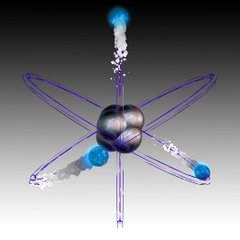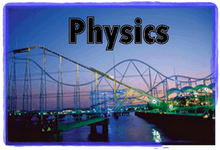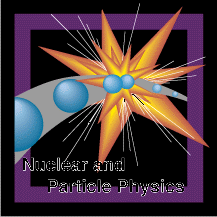Wednesday, March 7, 2007
People and Ideas that Changed the World
Marie Curie and the Science of Radioactivity
Her discovery of radium changed our understanding of matter and energy and brought a new era for medicine. The extraordinary romance of her life is illustrated with many pictures and basic explanations.
Curie in Brief
The Curie in Brief exhibit is a lively tour of the main points, especially for young people, including letters and other writings by Curie.
Albert Einstein: Image and Impact
His astounding theories and his thoughtful philosophy rose above a turbulent life.
Cosmic Journey: A History of Scientific Cosmology
From the ancient Greeks to the Hubble Space Telescope - the story of the colorful individuals, startling ideas and ingenious tools that brought us knowledge of the vast and strange universe we inhabit. Written by leading historians of astronomy, richly illustrated.
Transistorized! - History of the Transistor
Three physicists in the 1940s developed the device that created our information age.
Lawrence and the Cyclotron
As he built machines to study subatomic particles, Ernest O. Lawrence created modern "Big Science." After helping make the first atomic bombs, he became a leader of Cold War science. His biography is illustrated with pictures, simple science explanations and a song.
Heisenberg / Uncertainty
The “uncertainty principle” that Werner Heisenberg used to explain quantum theory is explained with text, pictures and voice clips. Heisenberg’s leading biographer tells the full story of this eventful life, including the physicist’s controversial role in Nazi Germany's nuclear program.
Papers of Great American Physicists
See science in action by reading actual reproductions of some of the greatest physics papers of all time, by physicists including Benjamin Franklin, Joseph Henry, Albert Michelson, Robert Millikan and Arthur Holly Compton. With brief biographies and explanations.
Sakharov: Soviet Physics, Nuclear Weapons & Human Rights
Andrei Sakharov, the father of the Soviet Union’s hydrogen bomb, went on to struggle for human rights, peace and democracy, sacrificing his high position for exile and repression. His remarkable pilgrimage is explained by his biographer and illuminated with rare photos.
The Discovery of the Electron
How do you discover a particle so small that nobody has ever seen one? J. J. Thomson ingeniously figured out the chief properties of this particle, basic to modern life. The story of his work (and of Thomson’s life as a whole) tells much about science and our world.
Moments of Discovery: Fission, Pulsar
Recall how famous physicists discovered the key to nuclear energy. Two young astronomers recorded on the spot their momentous first use of a telescope.
Why did I put all these things in my article? Because they are the ones who started everything. The physicists….matter, energy, interaction, particles, theories, conduction, principles, electron, etc. these are physics. These are very important in medicine. These are important to us nurses. It all started when people have tried to understand the behavior of matter: why unsupported objects drop to the ground, why different materials have different properties, and so forth. The character of the universe was also a mystery, for instance the earth and the behavior of celestial objects such as the sun and the moon. Several theories were proposed, most of which were incorrect, such as the earth orbitting the moon. And now Physics is used in medical purposes. Through them…through Physics we now have a better way of curing our patients.
Subscribe to:
Post Comments (Atom)




No comments:
Post a Comment